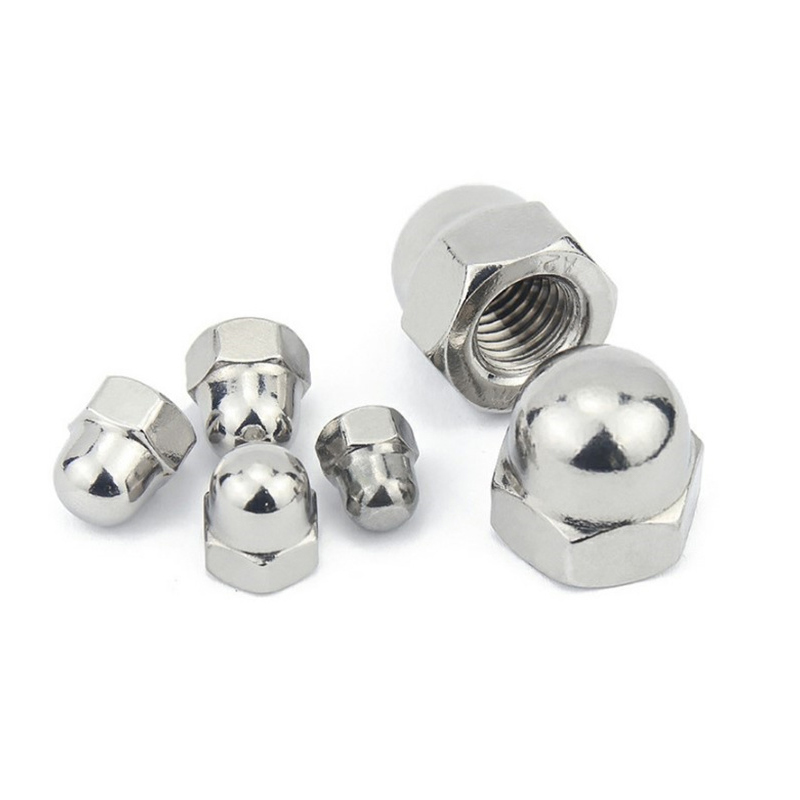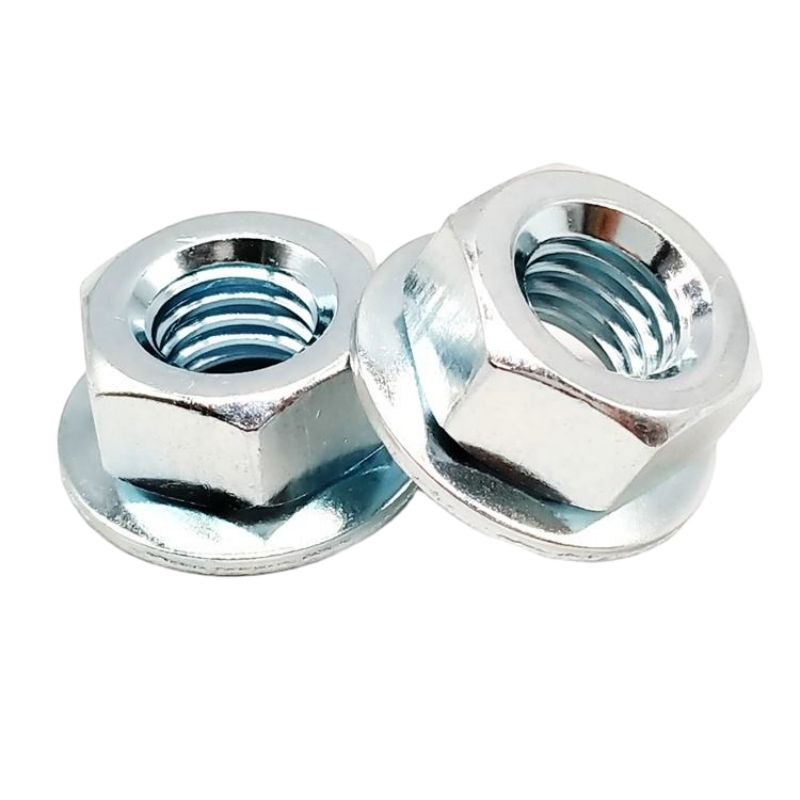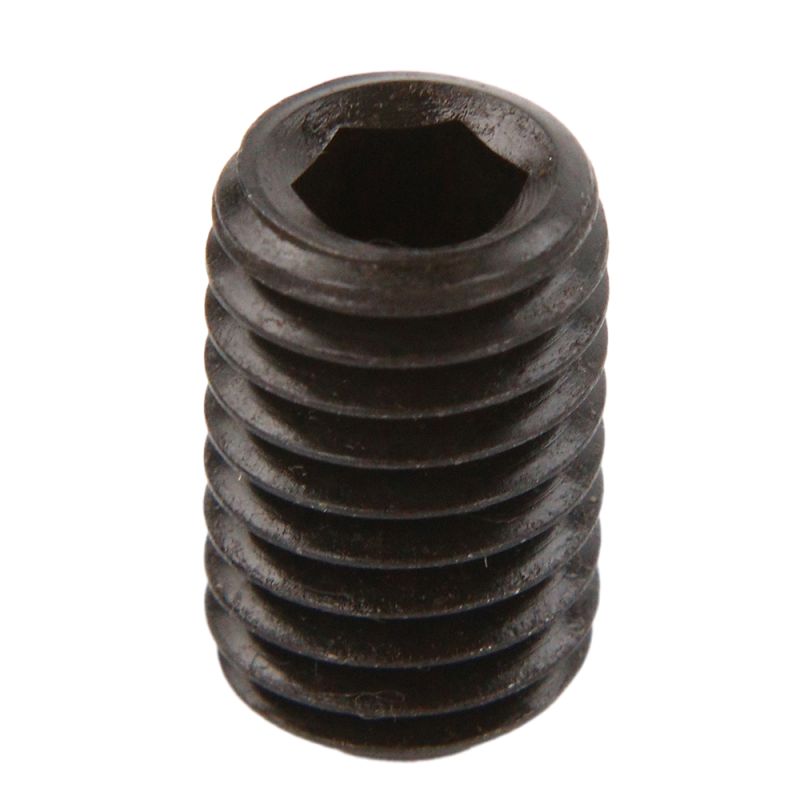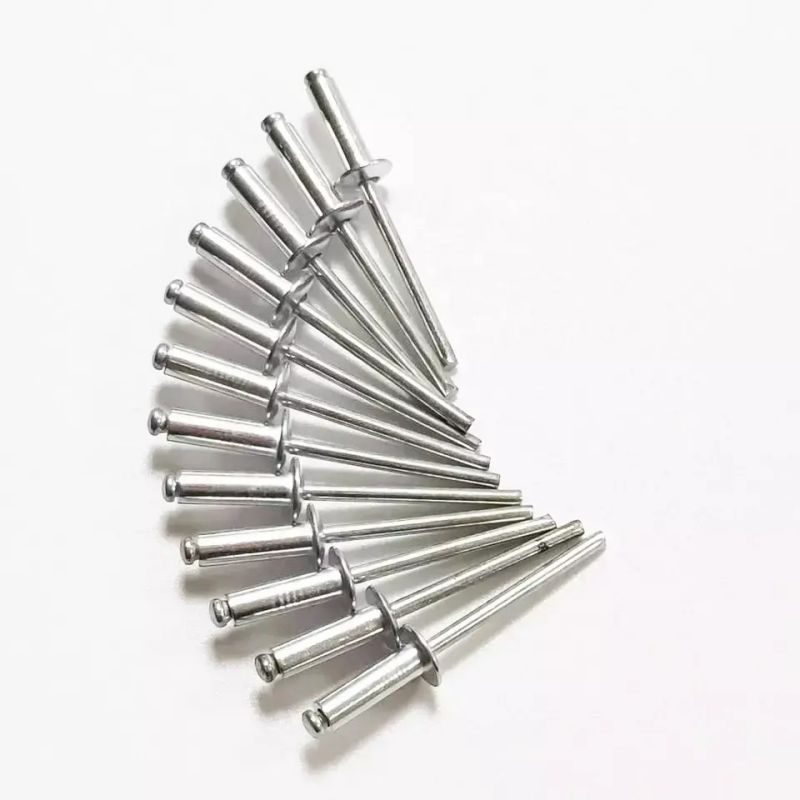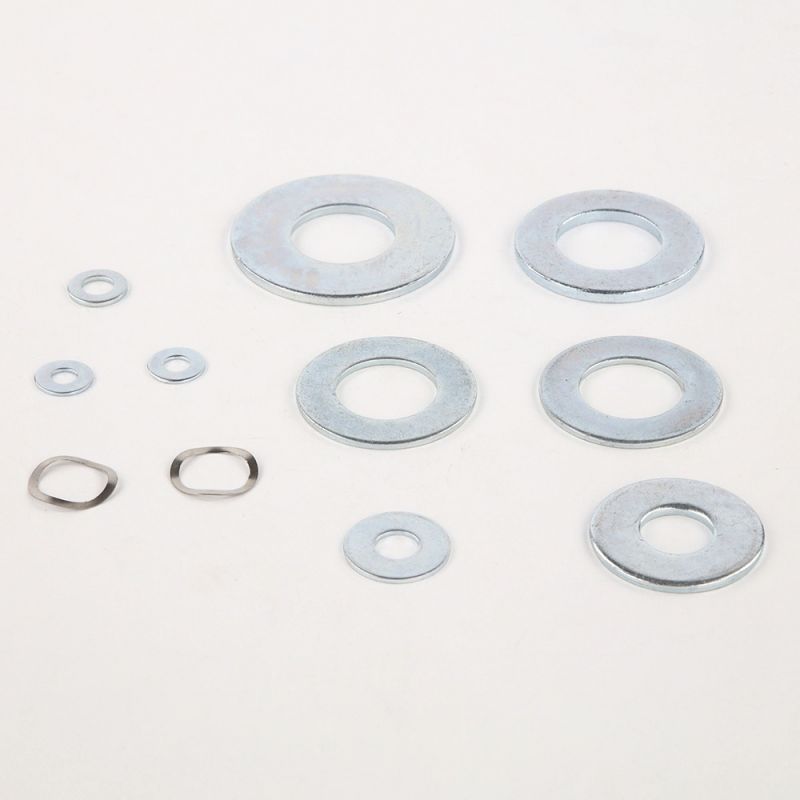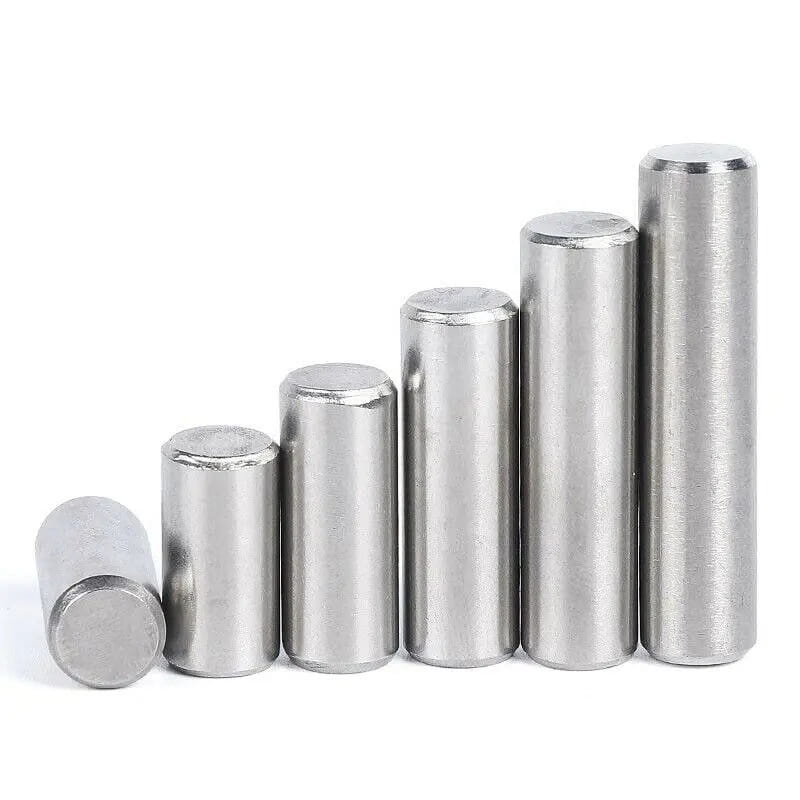The shoulder design of shoulder screws is key to their accuracy. This "shoulder" not only increases the contact area between the screw head and the connecting component, but also provides additional support and stability. This design allows the shoulder screw to more evenly distribute pressure when tightened, reducing deformation or displacement caused by stress concentration. Therefore, in precision instruments, shoulder screws ensure a tight fit between connected parts, reducing gaps and errors.
During the production process, every part of the shoulder screw is carefully designed and precisely manufactured to ensure the accuracy of its size and shape. This high-precision machining allows shoulder screws to precisely mate with other components in precision instruments, allowing for a higher level of connection accuracy.
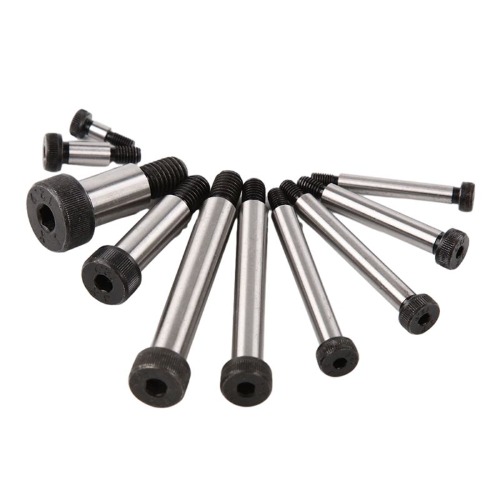
The choice of material for the shoulder screws also plays a key role in ensuring the accuracy of the connection. In order to meet the high requirements for connectors in precision instruments, shoulder screws are usually made of high-strength, high-corrosion-resistant materials. Not only can these materials withstand various stresses and challenges that precision instruments may encounter during use, they can also maintain their shape and dimensional stability, further enhancing the accuracy of the connection.
These factors work together to make shoulder screws one of the indispensable and important connectors in precision instruments, providing a strong guarantee for the normal operation and performance of precision instruments.


